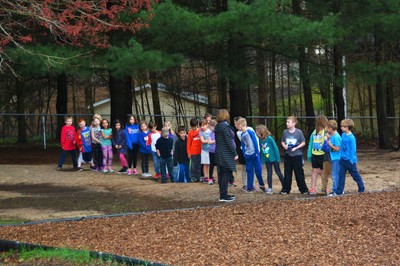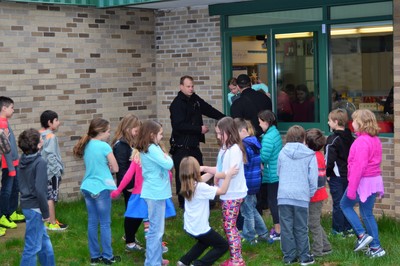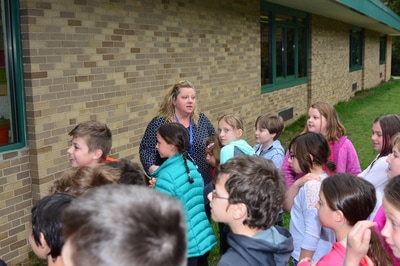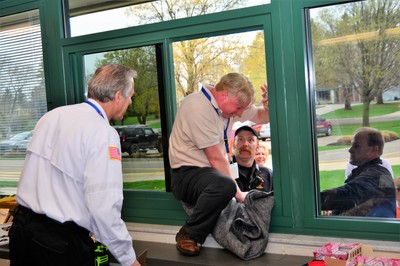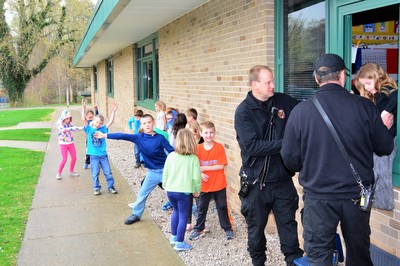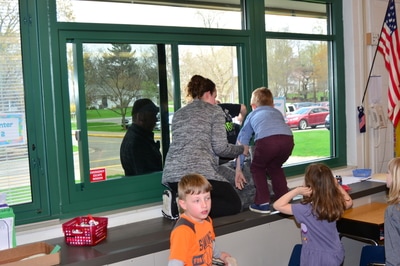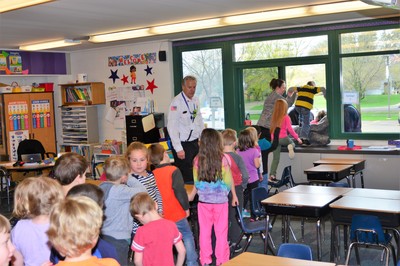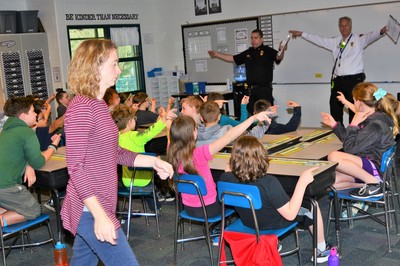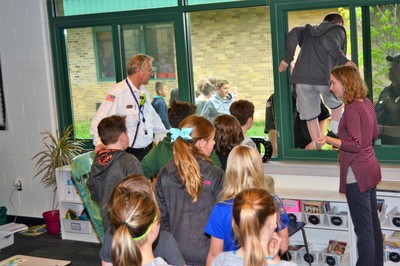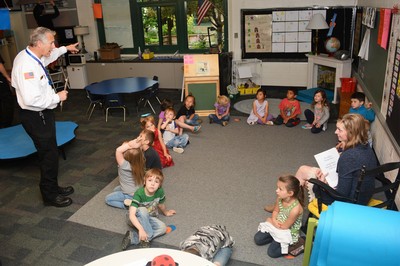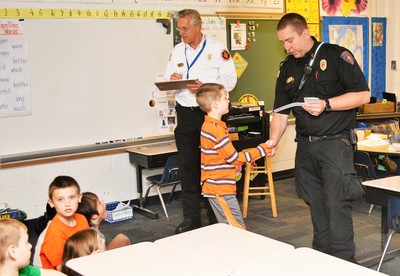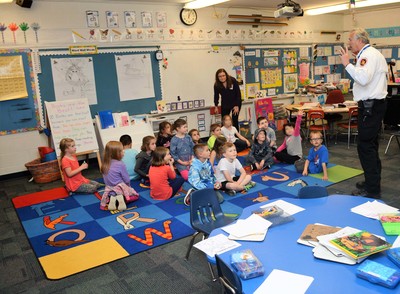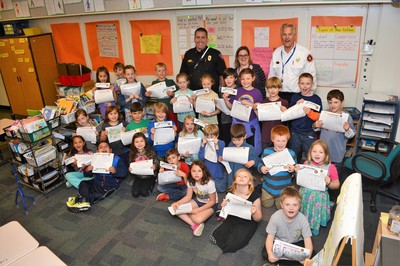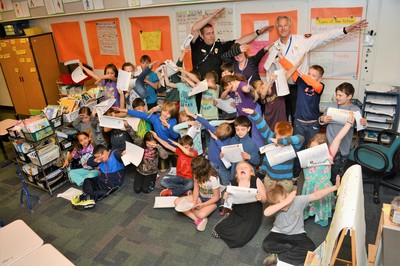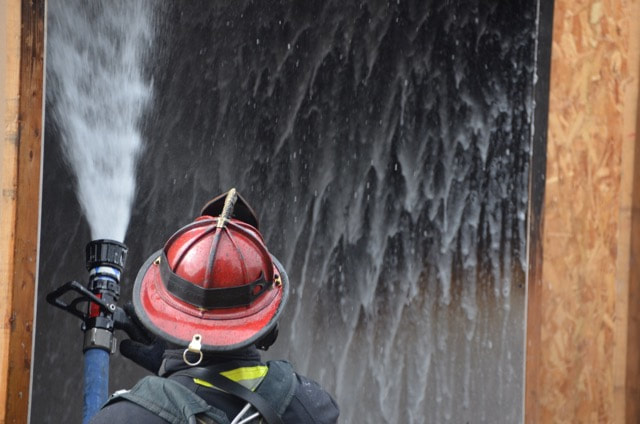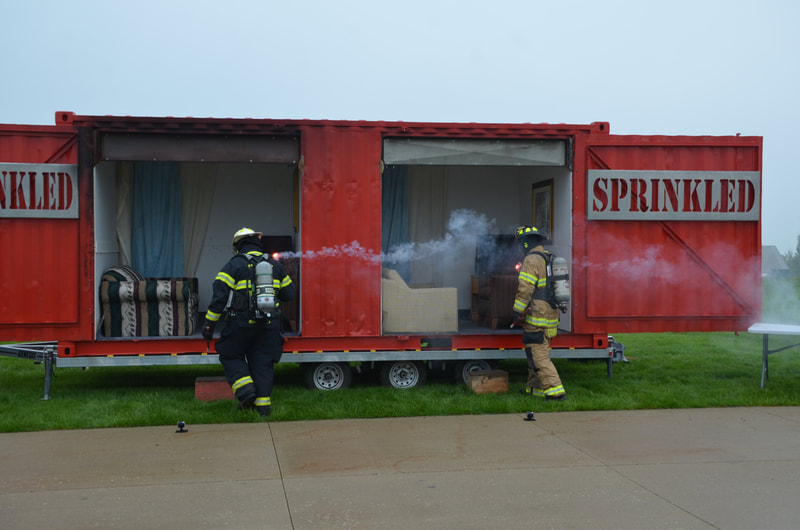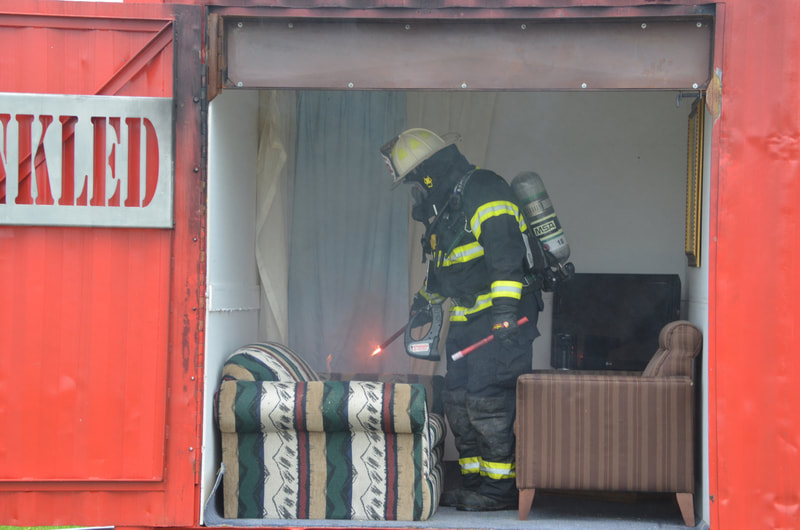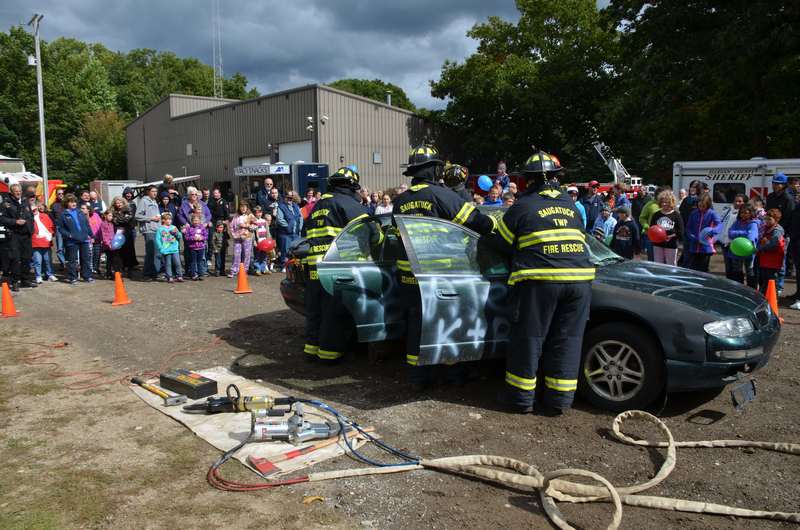Community Risk Reduction
The Community Risk Reduction (CRR) ConceptAccording to the National Fire Academy (2003), an effective community risk reduction program is one that integrates emergency response, fire code enforcement, fire and life safety education, public information and risk related economic incentives". This process is intrinsic in identifying risks, reducing fire deaths, injuries and property losses within the community.
As part of the Districts risk assessment process the following risk areas have been identified as Areas of Concern. Intervention Strategies have been developed.
Working Smoke AlarmsThe single most important step the fire service can take to save the lives of those who live in and near our community is to educate them on the importance of having and maintaining working smoke alarms.
Smoke alarm installation kits are carried in the Duty Officer and Chief’s vehicles, and first responding engine/medical apparatus. All Fire Officers are required to supply and install smoke alarms, where needed in the home, when responding to an incident or as part of fire safety education and survey. |
STFD's Top 10
|
Children
The District has a history of child education strategies within the communities school system. In the past, the "Safe at Home" was the program used to educate the children. In 2014, the Fire Chief introduced the NFPA's "Learn Not To Burn" student curriculum. The District cultivated a partnership with Saugatuck Public Schools to ensure the success of its community risk reduction process.
In addition the District, in conjunction with Fennville Area Fire Department, will be hosting a Youth Firesetter Intervention Specialist Level 1 Course. The course empowers firefighters with a broad understanding of the knowledge, skills and abilities necessary in dealing with factors that influence youth fire setting behavior.
In addition the District, in conjunction with Fennville Area Fire Department, will be hosting a Youth Firesetter Intervention Specialist Level 1 Course. The course empowers firefighters with a broad understanding of the knowledge, skills and abilities necessary in dealing with factors that influence youth fire setting behavior.



